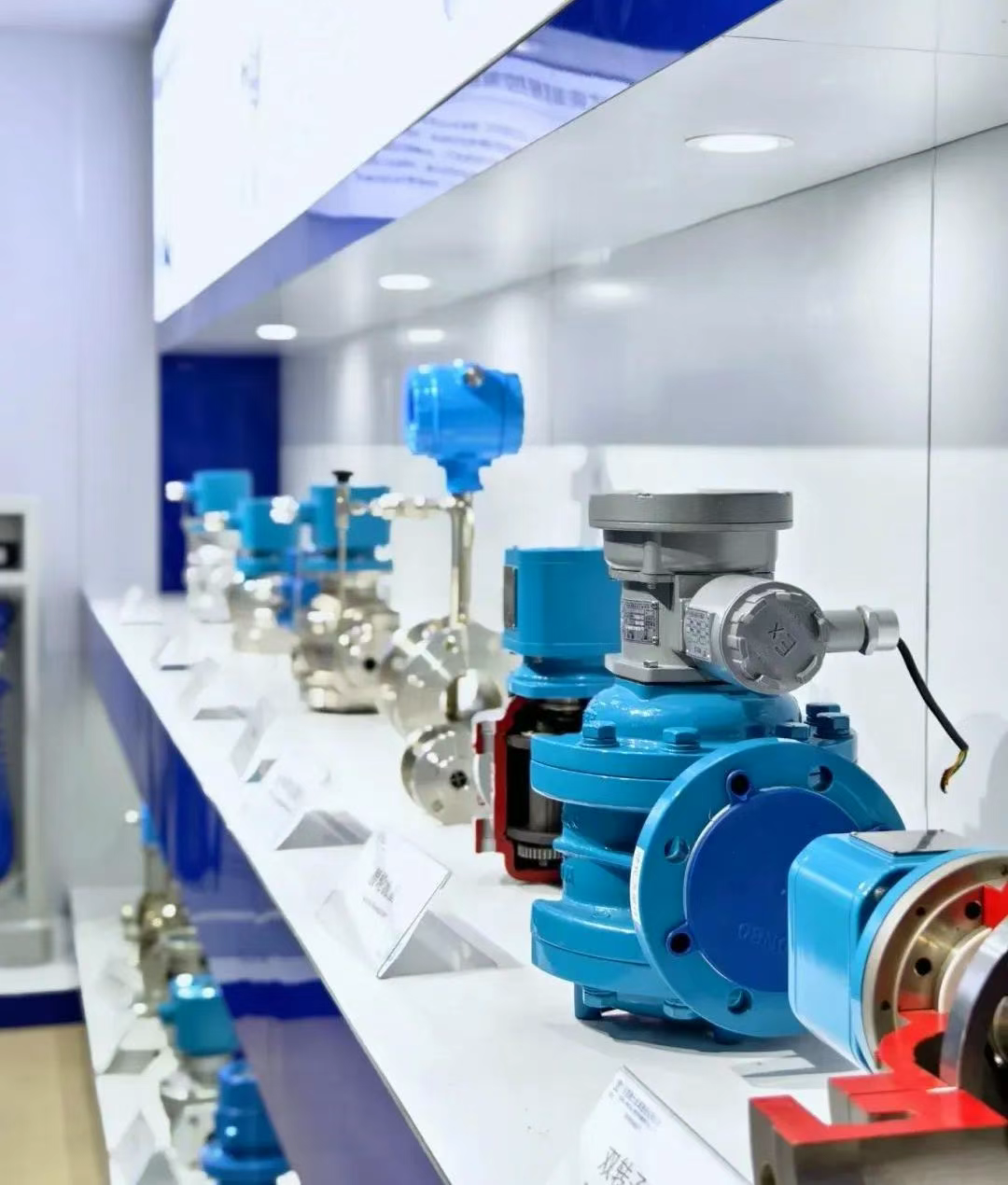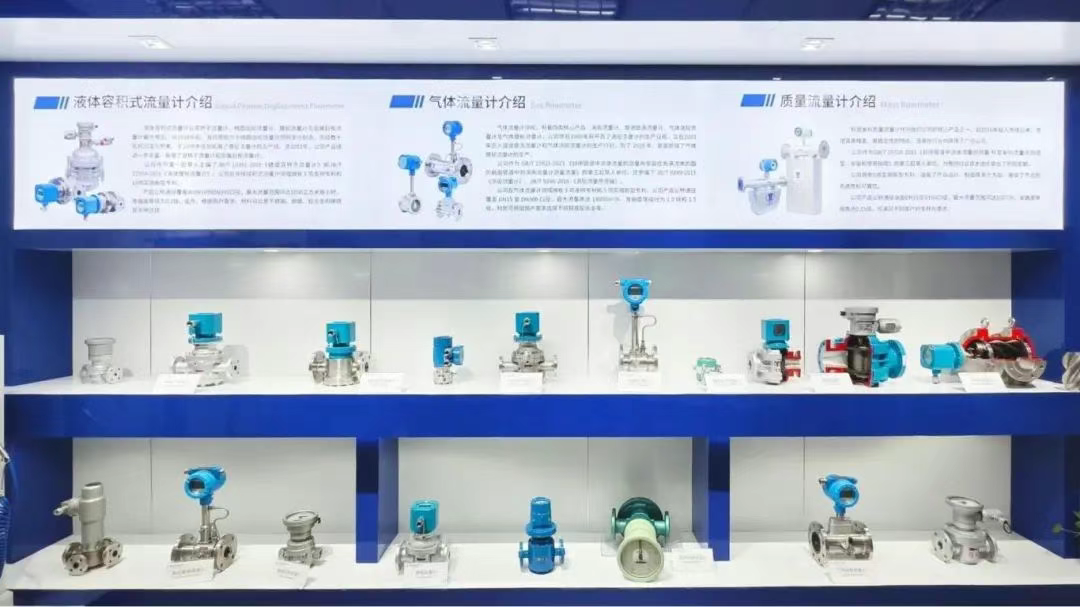What is a liquid flow meter?
Release time: 2025-03-08
Liquid flow meter is a device used to measure the flow rate, mass flow rate, volume flow rate, density, temperature, etc. of liquid flowing through a pipeline or system. It helps to measure and control the flow of liquids in various industrial processes. Liquid flow meters are indispensable in industries such as chemical, petroleum, water treatment, food and beverage, and pharmaceuticals, helping companies improve production efficiency, reduce resource waste, and ensure production safety.
Liquid flow meters operate based on various principles, depending on the type of flow meter. Here are the most common products and their working principles:
Positive Displacement (PD) Flow Meters:
Principle: These meters measure the volume of liquid passing through by trapping and displacing a fixed amount of liquid in a chamber or cavity with each cycle. The total flow is calculated by counting the number of cycles.
Applications: Suitable for measuring low to medium flow rates and highly accurate for viscous liquids.
Example: Gear, piston, and diaphragm flow meters.
Turbine Flow Meters:
Principle: These meters use a turbine placed in the flow path. As the liquid passes through, it causes the turbine to spin. The rotational speed of the turbine is proportional to the flow rate, and this motion is converted into an electrical signal or counted to measure the flow.
Applications: Ideal for clean, low-viscosity liquids and gas measurements.
Example: Turbine flow meters are commonly used in water and fuel flow measurement.
Electromagnetic Flow Meters (Magmeters):
Principle: Based on Faraday’s Law of Induction, these electromagnetic flow meters generate a magnetic field in the flow stream. When conductive liquid flows through this field, a voltage is induced, which is proportional to the flow velocity. The voltage is measured and used to calculate the flow rate.
Applications: Suitable for measuring conductive liquids such as water, slurries, and chemicals.
Example: Used in water treatment plants, wastewater, and slurry systems.
Vortex Flow Meters:
Principle: These meters operate based on the principle of vortex shedding. As the liquid flows over an obstacle (like a bluff body), vortices are created. The frequency of vortex formation is proportional to the flow velocity, and this frequency is measured to determine the flow rate.
Applications: Commonly used for steam, gas, and liquid flow measurement in industrial processes.
Example: Used in chemical and petroleum industries.
Coriolis Flow Meters:
Principle: These meters measure mass flow directly. They use the Coriolis effect, where the liquid flowing through vibrating tubes causes the tubes to twist. The amount of twist is proportional to the mass flow rate of the liquid.
Applications: Highly accurate and ideal for measuring liquids and gases, especially in custody transfer and critical process applications.
Example: Used in food, beverage, and pharmaceutical industries.
Each of these flow meter types is designed to handle specific types of liquids, flow conditions, and accuracy requirements, providing a variety of options for liquid flow metering. Hefei Jingda was founded in 1958 and has nearly 70 years of history in professional flow meter production. We focus on user-satisfied products and first-class services, please feel free to consult us.


